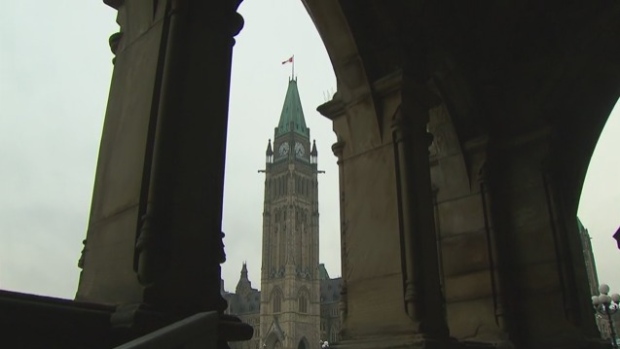Mar 22, 2017
Need to know: 9 key budget points

The federal government has tabled its first budget since the surprise election of Donald Trump, taking a “stay-the-course” approach as significant uncertainty continues to swell around the global economy. Below, the nine key takeaways from the 2017-18 federal budget.
1: Modest spending increase
Ottawa is keeping spending growth relatively modest in the 2017-18 budget, announcing a further $5.7 billion of federal spending over the course of the next six years, when compared to the fall fiscal update. The increase helps the federal government stay on track to keep the debt-to-GDP peg touted by Finance Minister Bill Morneau intact, as the ratio plateaus at 31.6 per cent this year and next before declining into the end of the forecast period.
2: The $3 billion deficit cushion
Morneau and company are giving themselves a $3 billion cushion, giving Ottawa some wiggle room on its deficit projections. The move allows for greater fiscal uncertainty in the near-term, though this year’s cushion is half the $6 billion figure in last year’s budget.
3: No increase to capital gains tax
The federal government is maintaining the capital gains tax inclusion rate at 50 per cent, allaying fears the budget’s broad theme would be heavy on taxes for high-income Canadians in order to boost public coffers.
4: $11.2 billion over 11 years for housing
Ottawa is earmarking $11.2 billion of new housing initiatives, to be rolled out over the course of the next 11 years. The funds will focus on increasing the stock of affordable housing, including targeted support for housing in Canada’s north, and will also make $202 million available to make surplus federal land available at little to no cost for developers to build affordable units.
5: Creating a national housing database
After writing a $500,000 cheque for Statistics Canada to study the prevalence of foreign buyers in Canada’s hot housing markets in last year’s budget, the feds are opening their wallet much wider for a more comprehensive review. StatCan will receive $39.9 million over the course of the next five years to build a Housing Statistics Framework, a comprehensive database of all properties in Canada and their sales information.
6: Infrastructure Bank by year’s end
Parliament Hill is setting a goal of having the Canada Infrastructure Bank up and running by the end of 2017, promising to soon propose legislation to establish the arm’s length institution. Ottawa is working with Special Advisor and ex-Teachers’ CEO Jim Leech to find a CEO and Chairperson for the bank.
7: National Trade Corridor
The Federal Government is pledging $2 billion in direct funding over the next 11 years to a National Trade Corridors Fund to ease congestion at Canada’s key economic zones. Ottawa expects that contribution to be bolstered by $5 billion from the Canada Infrastructure Bank to help with key transportation priorities.
8: 30% boost to exports planned by 2025
Easing those bottlenecks could help Bill Morneau and company’s goal to boost exports of goods and services by 30 per cent by 2025. Ottawa is focusing on a sextet of key areas to boost economic output, highlighting advanced manufacturing, agri-food, clean tech, digital industries, biosciences and clean resources as areas to leverage for greater economic growth.
9: EI changes for parental benefits
Ottawa is adding some flexibility to the term of parental benefits, allowing new parents to take as much as 18 months of leave, at a lower payout rate of 33 per cent of average weekly earnings. The current 12-month, 55 per cent payout remains available, but the longer time frame option could ease the burden of childcare costs faced by young families as one parent remains in a primary childcare role for longer.
